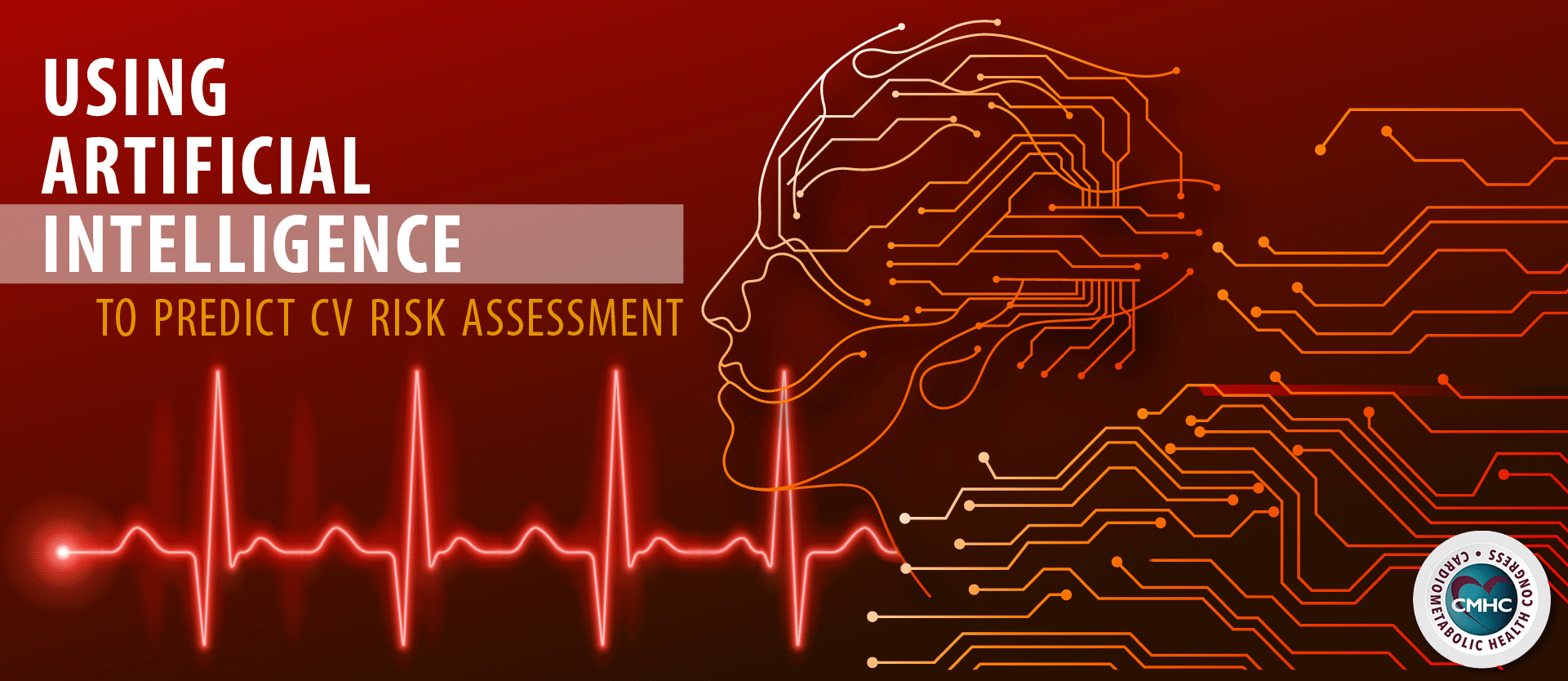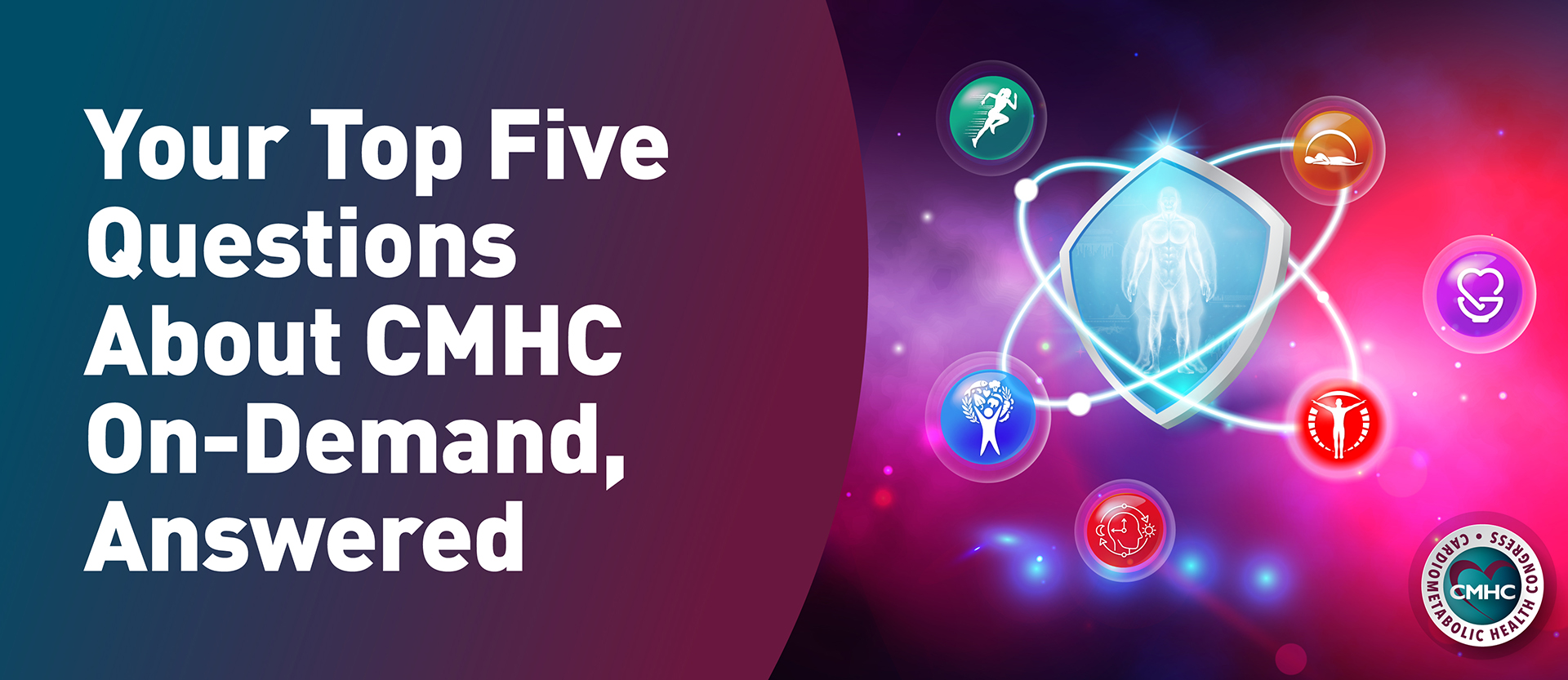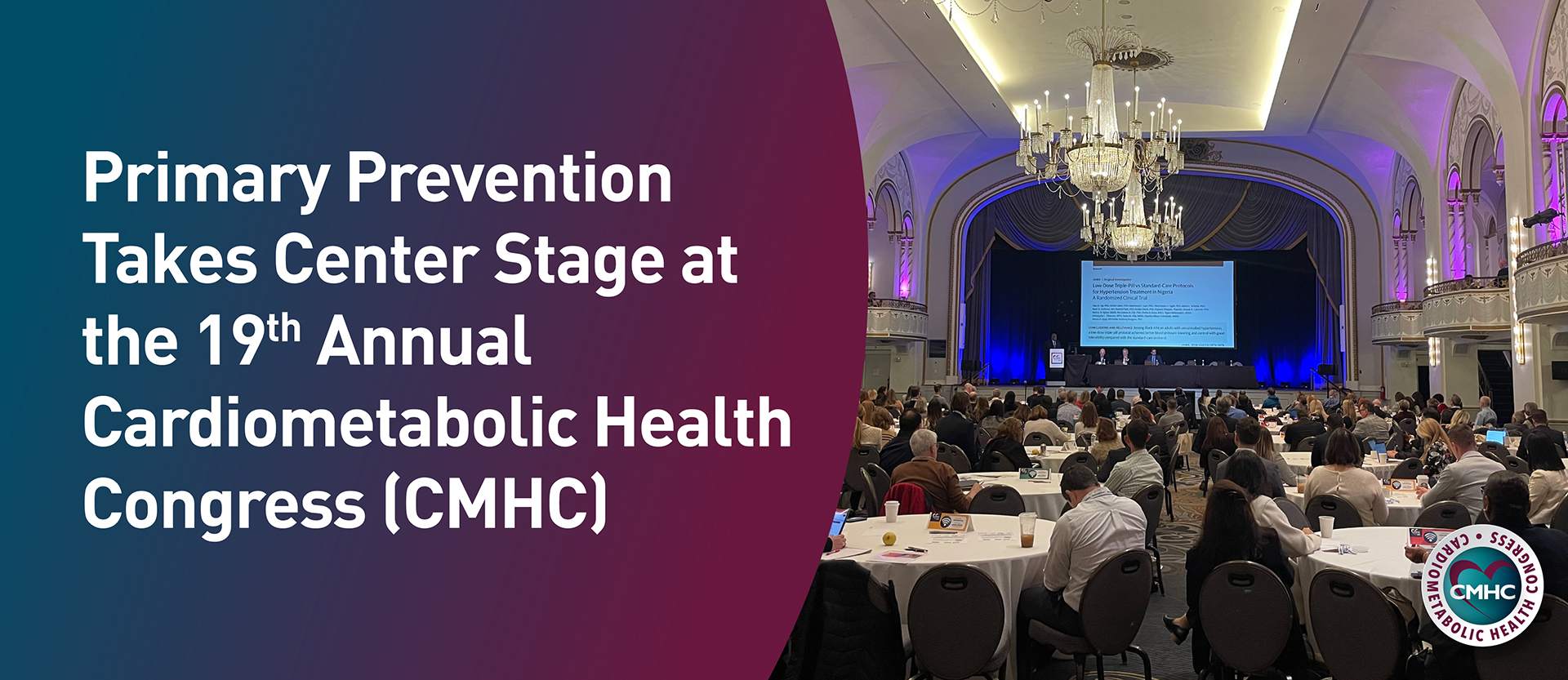It is well-established that patients with the highest proportion of visceral fat area are more likely to experience a heart attack or other cardiovascular event. While abdominal CT scans can provide a more granular look at body composition when routinely performed, ascertaining risk levels based on fat area is rarely done in clinical practice. Manually obtaining measurements can be time intensive and costly, yet a single axial CT slice of the abdomen can visualize the volume of subcutaneous and visceral fat area as well as skeletal muscle area needed to predict the risk of major cardiovascular (CV) events. Used in combination with artificial intelligence (AI), CT imaging has the potential to offer an improved way of predicting adverse CV according to emerging research.
Measuring Fat Areas and CV Events
As part of a retrospective study including over 23,000 patients, a team of researchers at Brigham and Women’s Hospital in Boston analyzed over 33,000 CT scans performed. Led by Kirti Magudia, MD, PhD, the investigators identified 12,128 patients of which 57% were women with a mean age of 52 years. The majority of the cohort was White, all were free of major CV events and cancer diagnoses at imaging baseline.
Dr. Magudia and her colleagues selected L3 CT slices from the third lumbar spine vertebra to calculate body composition areas for each patient. Then, they divided participants into four quartiles based on normalized values of subcutaneous fat area, visceral fat area, and skeletal muscle area. After 5 years of follow-up, 1,560 myocardial infarctions (MIs) and 938 strokes were observed.
Applying Artificial Intelligence
Researchers examined the measurements of visceral fat imaged in abdominal CT scans based on fully automated, deep learning technology to determine body composition metrics from images. Participants who did not have cardiovascular disease at baseline CT but had the highest quartile of visceral fat area had a 31% excess risk of having a heart attack within the 5-year period. Those who had second highest, third highest, and highest quartiles of visceral fat area had between a 37% and 49% excess risk of having a stroke within 5 years as compared with leanest participants of the study.
In models adjusted for body composition metrics, visceral fat area measurements were independently associated with subsequent myocardial infarction and subsequent stroke while body mass index was not. The findings indicate that precise measures of body muscle and fat compartments performed using CT imaging outperform traditional biomarkers for predicting CV risk.
“This work shows the promise of artificial intelligence systems to add value to clinical care by extracting new information from existing imaging data,” Magudia said in a statement. “The deployment of artificial intelligence systems would allow radiologists, cardiologists and primary care doctors to provide better care to patients at minimal incremental cost to the health care system.”
Additional Considerations
Current, well-established CV risk models rely on factors such as weight and BMI, however, patients with the same BMI can present with varying proportions of muscle and fat which are important differences responsible for a variety of health outcomes.
“The group of patients with the highest proportion of visceral fat area were more likely to have a heart attack, even when adjusted for known cardiovascular risk factors,” Dr. Magudia added. “The group of patients with the lowest amount of visceral fat area were protected against stroke in the years following the abdominal CT exam.”
Although the AI model used by researchers is still a clinical research tool, such body composition analysis could be easily performed by leveraging consumer-level graphics processing units. According to experts, automated measures of body composition derived from CT scans provide a relatively straightforward application of artificial intelligence that can be widely used in near future with vast positive public health implications.


















